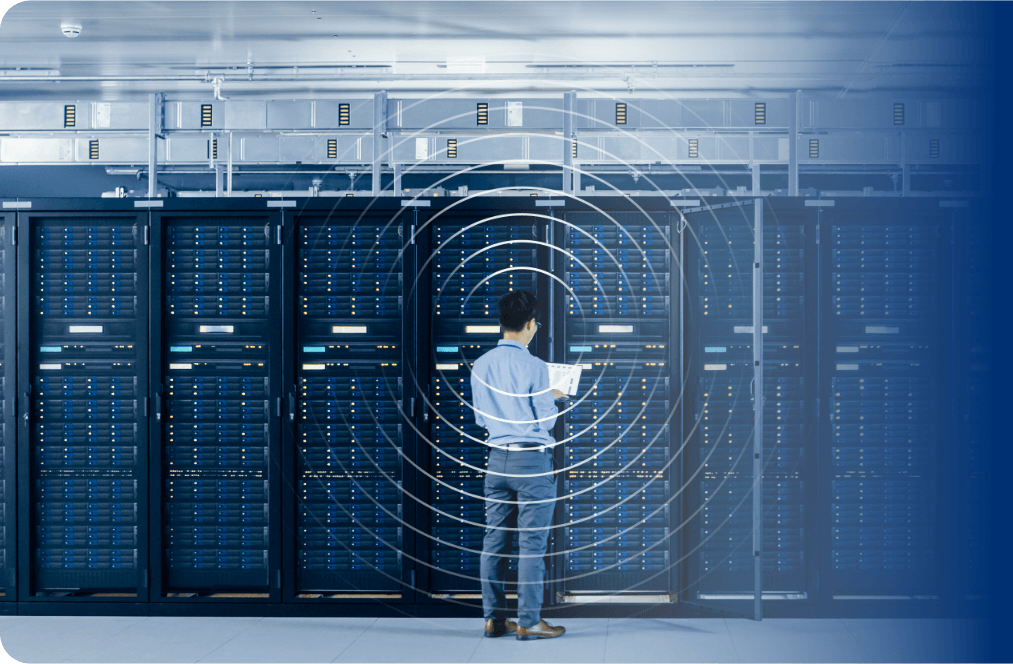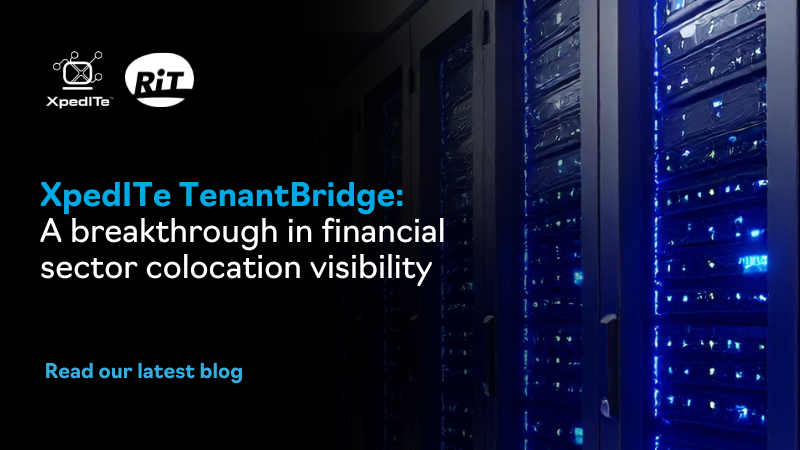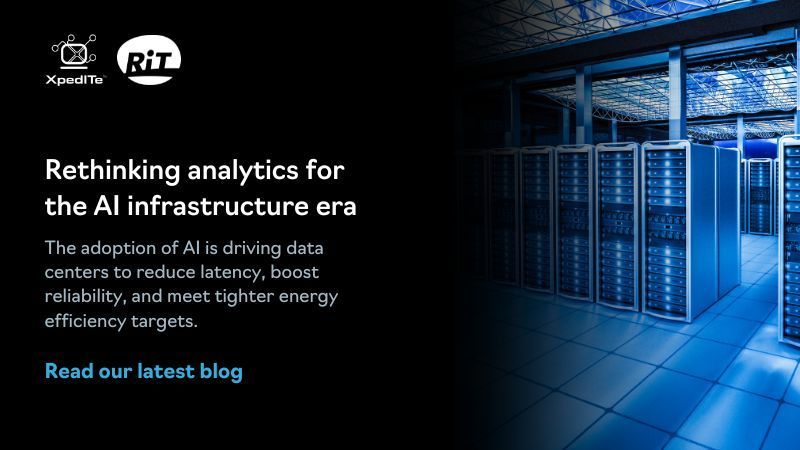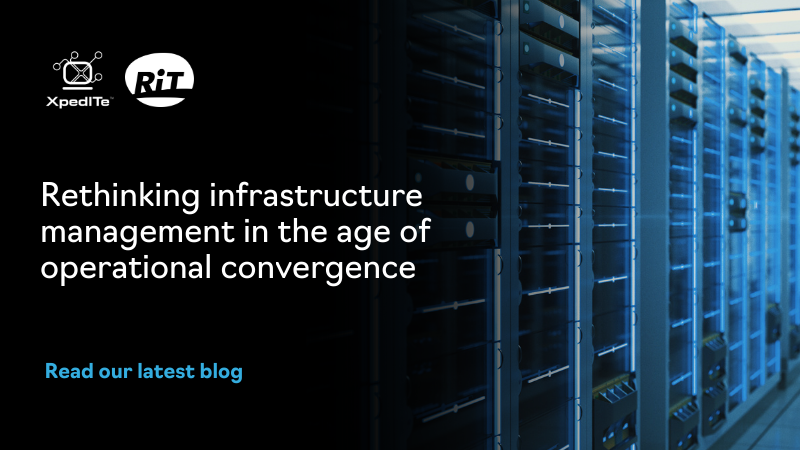Welcome to
Universal Intelligent
Infrastructure Management (UIIM)
UIIM aims to empower Infrastructure
and Operations (I&O) leaders and take
infrastructure management to a new level.

What
Is UIIM?
A practice, comprising methodologies and guidelines for effective and efficient federated data center infrastructure management
Why UIIM?
Why now?
There are myriad reasons for repositioning the concept of DCIM but chief among them is that data centers have never had a solution that delivered on the promise of effectively managing data center assets, resources and operational workflows.
How does UIIM
differ from DCIM?
UIIM is designed to provide a framework for a multi-faceted view of all the activity that is taking place in the data center facility including the basic space, power and cooling resources but far more as it integrates with the IT equipment and networks assets down to individual ports and cables.
Who
Needs It?
Data Center Operators
Are you looking for a better alternative to your current DCIM tools?
DCIM Software Partners
XpedITe is perfect for integrating market leading tools to manage data center operations.
MSPs
If you are looking for a way to add value to your offering for data center clients, look no further.
Facilities Management Companies
Managing the efficiency of infrastructure and operations can prove chaotic if there is no one single pain of glass tool!
Enterprise ESG and Energy Management Departments
XpedITe can support you and your team in achieving all aspects of governance, risk and compliance, including monitoring and management of ESG requirements.
UIIM is Universal
Data centers need comprehensive tools to orchestrate and optimize services and resources.
Universal Intelligent Infrastructure Management (UIIM) is a concept originated by RiT Tech to provide direction for a federated system that enables the integration of multiple software solutions and infrastructure management tools to provide I&O leaders with improved visibility of resource consumption, coherent management information and a single source of truth.

What Universal Intelligent Infrastructure Management delivers
Whether you are a data center manager, NOC manager, infrastructure or operations leader, this practice will bring together the data from all teams avoiding duplication of cost, effort and conflict.
In addition to the principles of DCIM, here are some of the advantages UIIM can provide:
360° View of Operations
Pinpointing issues to improve all metrics MTBF (mean time before failure), MTTR (mean time to recovery, repair, respond, or resolve), MTTF (mean time to failure), MTTA (mean time to acknowledge)… and more
Common Language and Methodologies
Which suit the data center environment and its administrators of tasks or updates
Mitigation of Risk
Avoiding duplicated effort and wasted human resource
Predictive Capabilities
To plan space, capacity, power and cooling for long term change
Preventative
Recommendations
New Paragraph
Automated Workflows
For on-prem, colo, cloud and hybrid environments. In addition to proactive automations to improve SLA and shorten time-to-service

What UIIM is NOT
UIIM does NOT refer to a single system addressing a narrow set of capabilities within a single layer of data center infrastructure.
UIIM will rely on data coming from multiple specialist systems
Latest News


Software Partnerships make UIIM possible!
If you would like join this new movement, take a look at this video and get in touch!

